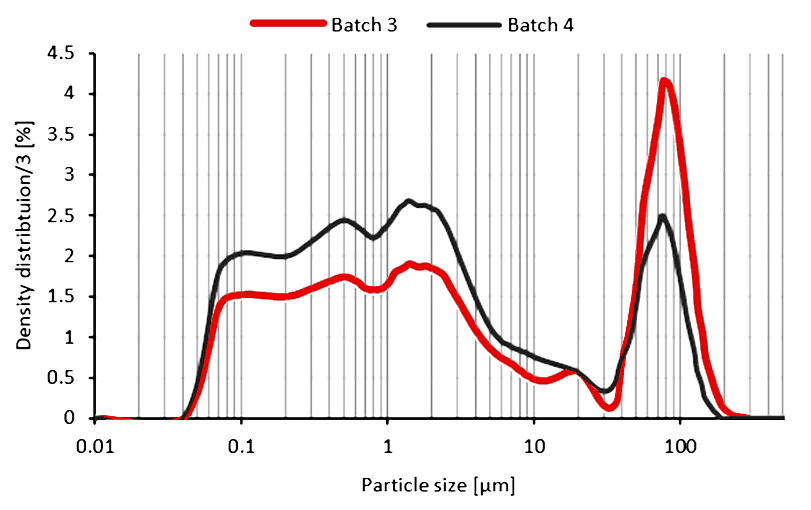Laser Diffraction Particle Size Analysis (PSA)

Laser Diffraction particle size analysis (PSA) is an indirect, optical technique that measures particle size distributions – by equivalent spherical diameter (D10, D50, D90) – in liquid and solid samples.
Strengths
- Particle size measurement is not impacted by flow behavior
- Rapid measurement
- Minimal sample preparation
Limitations
- Accurate interpretation requires some up-front understanding of particles’ morphology
- Semi-quantitative
- Not able to determine particle shape

